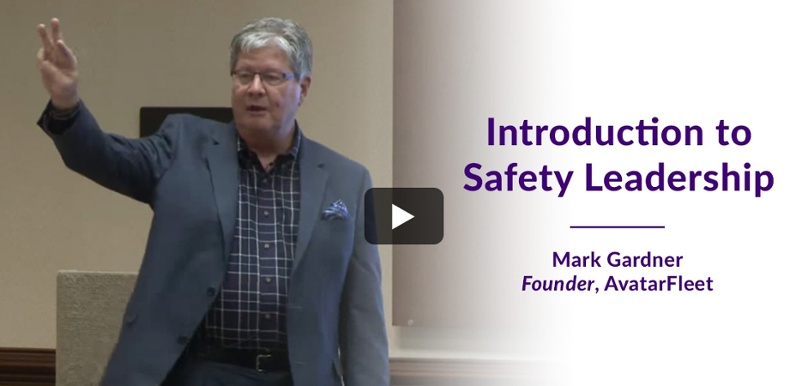For as long as cars have existed, people have driven without complete attention. Back in the 1930s, radios were first put in luxury vehicles and people were worried that the new toy would cause too many distractions and accidents. Since then we’ve added hundreds of other distractions to the mix.
Anyone with a drivers license - professional or otherwise, knows distracted driving is risky behavior. Common sense dictates that you aren’t supposed to let your phone, the radio, the person sitting next to you, the kids fighting in the back seat or the cheeseburger you just got at the drive-through divert your attention from the road. But many people do it anyway. OK, maybe most people do.
So why do smart people do dumb things when they drive? And how can we convince them to stop?
We Behave in Ways that Give Us Rewards
Despite the fact that almost every state has laws banning texting while driving, it hasn’t done much to deter this risky behavior. Research from the Center for Internet and Technology Addiction has found that phone communication acts as a pleasing activity to the brain by releasing dopamine, which makes people feel happy. Just the actual sight of a phone nearby may be enough to have a person instinctively reach for it and use it even if they didn’t plan to, according to this research. An incoming text message, a Like on Instagram and a comment on Facebook all provide us with a rush of dopamine. This rush turns off the logical decision-making part of our brains, our prefrontal cortex, and fires up our limbic system with a rush of desire. This is why the NHTSA estimates that nearly 660,000 people in the US alone may be using their phones while driving at any given moment.
Dopamine is the driving forces that causes the brain to turn distracted driving from a risky behavior to a norm. This illogical shift is amplified when you get away with it without a negative consequence. A quick glance at a phone provides a quick hit of dopamine (a rush). Then, you just as quickly put the phone down when your prefrontal cortex kicks back in to stop your risky behavior. But you got away with it. And you’re human. The next time you get the urge to take another quick look, you justify it because nothing bad happened the last time. When you get away with it again, the behavior is reinforced. You keep going back for more hits of dopamine – it’s no different than an alcoholic or drug addict.
Technology Makes Things Worse
Auto manufacturers have made things worse. They considered the risks of phone use while driving, and devised alternatives like hands free. But is that interactive screen really hands free? Nope. Now, you’re looking down at the dashboard to navigate phone calls, text messages, music and maps. This is nothing more than an altered version of the dopamine- providing distraction. It seemed like a good idea, but it’s quickly evolved to throw fuel on the distracted driving fire.
So, What Do You Do?
Here are just a few simple tips to share with your drivers to reduce risky behavior behind the wheel:
1. Put the phone away, out of sight, on silent. Nothing on the phone is as important as the safety of other people and coming home to your family
2. Set up any console settings you need to use before you start driving. Set up the radio, podcast or whatever you’re listening to before the vehicle goes into first gear. Same goes for navigation devices.
3. Don’t eat while you drive. Beyond distracting, you’ll get mayonnaise on your pants. Remove all bottle lids on any beverages so you’re not unscrewing and driving. Use containers with a built in straw or a travel coffee mug.
4. Never drive when you’re upset. Just the like phone, intense conversations shift our brain usage from the prefrontal cortex to the limbic system. It interferes with our thinking processes. Take a few deep breaths before you get behind the wheel – thoughtful breathing helps center yourself and get your brain back to using the prefrontal cortex. If you’re already driving, pull over and turn off the vehicle for a little while. Take slow, deep breaths and calm down before you pull back onto the road.
The most important thing drivers need to remember when they take these risks on the road is that their actions put the safety of others, not just themselves, at risk. Today’s distracted driving is amplified by technology. Remember that this distracted driving isn’t logical because of the effects of dopamine – it’s an addictive drug so treat it like such.
Just like a recovering alcoholic avoids a bar, keep your phone out of your reach. We all need to be aware of the drug and treat distracted driving like we do drunk driving: a morally offensive behavior.
Click on the link below to access Mark Gardner's Safety Leadership presentation
Sign up for our newsletter
Get the latest articles on all things transportation delivered straight to your inbox.
Schedule a live demo

